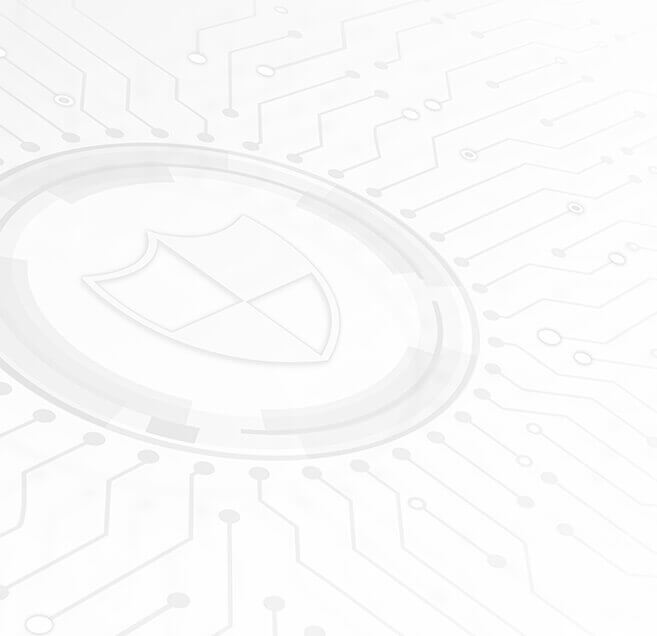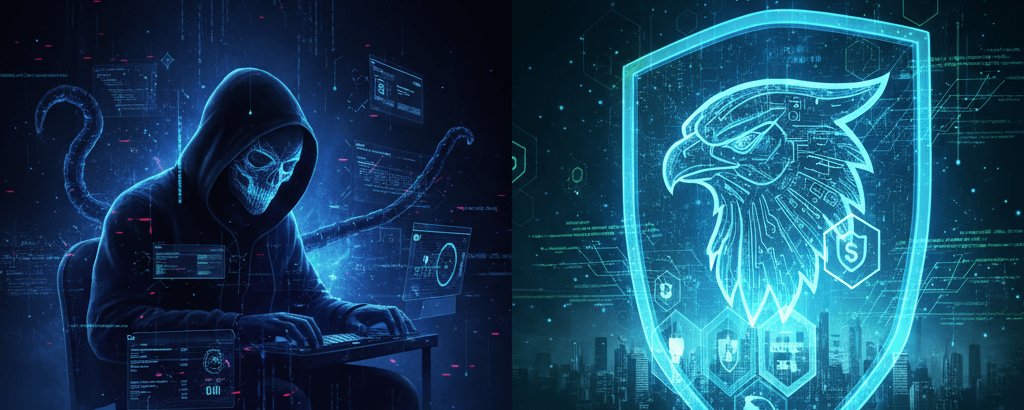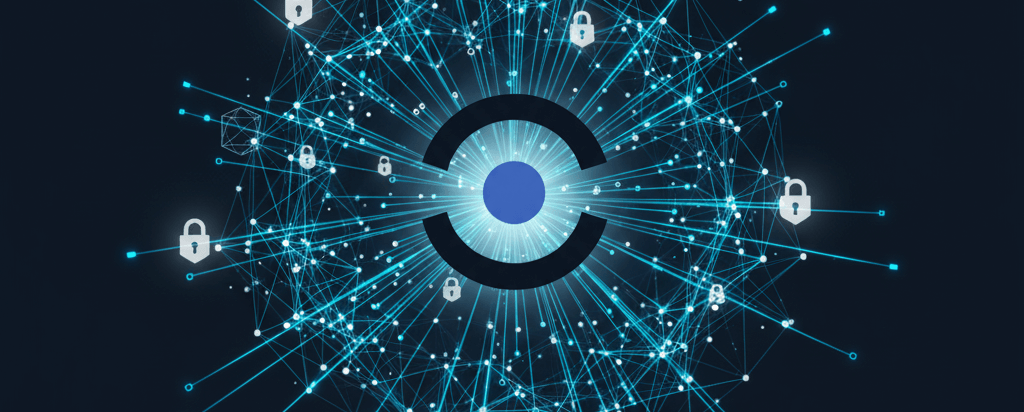
UK businesses are increasingly evaluating whether the operational savings delivered by AI in cybersecurity outweigh the initial and ongoing costs. At Mondas, we believe the answer is a resounding yes but the technology needs to be implemented strategically and with a clear understanding of potential risks.
AI tools within cybersecurity can provide a multitude of advantages like enhanced threat detection, automated incident response, predictive analytics, and a significant reduction in the manual burden on security teams. These can result in operational efficiency gains.
Reduced Mean Time to Detect (MTTD) and Respond (MTTR)
AI-powered tools can analyse vast datasets at speeds impossible for human analysts, identifying anomalies and potential threats almost instantaneously. This drastically cuts down the time it takes to detect a breach and initiate a response, minimising potential damage and associated recovery costs.
Automation of Repetitive Tasks
Security operations centres (SOCs) are often swamped with mundane, repetitive tasks such as sifting through logs, false positive analysis, and routine vulnerability scanning. AI and machine learning can automate these processes, freeing up highly skilled human analysts to focus on more complex, strategic threats.
Predictive Threat Intelligence
AI can learn from historical data and current threat landscapes to predict potential attack vectors and vulnerabilities before they are exploited. This proactive stance helps organisations shore up their defences, preventing costly breaches rather than just reacting to them.
Optimised Resource Allocation
By pinpointing genuine threats and automating responses to less critical incidents, AI ensures that human resources are deployed where they are most needed, improving overall team efficiency and potentially reducing the need for extensive staffing.
Improved Accuracy and Reduced Human Error
While human intuition is invaluable, AI’s consistent, data-driven analysis can reduce the likelihood of human error in threat identification and response, leading to more robust security posture.
What are the potential risks of AI adoption within cybersecurity
While the operational savings are significant, it’s crucial to acknowledge the costs and, more importantly, the risks associated with AI adoption in cybersecurity. Initial investment in AI tools, integration with existing infrastructure, and the need for specialised AI talent can be substantial. However, the greater concern lies in the potential risks AI itself can introduce.
- Bias in Algorithms: AI models are only as good as the data they’re trained on. Biased datasets can lead to biased algorithms, potentially overlooking certain types of threats or misclassifying legitimate activities as malicious.
- Adversarial AI Attacks: Malicious actors can attempt to “poison” AI models with bad data or develop adversarial attacks designed to trick AI systems into misidentifying threats or giving false negatives.
- Complexity and Interpretability: Some advanced AI models operate as “black boxes,” making it difficult for human analysts to understand how decisions are made. This lack of interpretability can hinder incident investigation and regulatory compliance.
- Over-reliance: Poorly implemented AI can create a false sense of security, encouraging over-reliance on the technology without human oversight.
How can cybersecurity specialists reduce risks from using AI?
At Mondas, we champion the use of AI in cybersecurity, but always through a lens of pragmatic risk mitigation. Our approach focuses on harnessing AI’s power to improve efficiency and tighten controls without compromising on human oversight or introducing new vulnerabilities.
- Human-in-the-Loop Approach: We never advocate for fully autonomous AI in critical security functions. Our solutions integrate AI as a powerful assistant, augmenting human analysts rather than replacing them. This “human-in-the-loop” model ensures that complex decisions and final authorisations always rest with experienced cybersecurity professionals.
- Robust Data Governance and Training: We meticulously curate and validate the datasets used to train our AI models, actively working to identify and eliminate biases. Continuous retraining with diverse and current threat intelligence ensures our AI remains adaptive and accurate. Frameworks like ISO 42001 from the 🔗International Organization for Standardization offer a solid basis for governance.
- Explainable AI (XAI) Principles: Where possible, we prioritise AI solutions that offer greater transparency and interpretability. Understanding why an AI flagged a particular threat is crucial for effective investigation and for building trust in the technology.
- Layered Security Architecture: AI tools are integrated into a broader, multi-layered security framework. They complement existing preventative, detective, and responsive controls, providing an additional, highly effective defence mechanism rather than being the sole line of defence.
- Continuous Monitoring and Validation: Our AI systems are constantly monitored and validated for performance, accuracy, and potential vulnerabilities to adversarial attacks. Regular audits and testing ensure the AI remains effective and secure against evolving threats.
- Focus on ‘Smart’ Automation: We use AI for intelligent automation to automate repetitive tasks, first-level threat triage, and data correlation. This frees up our experts to focus on complex threat hunting, strategic planning, and sophisticated incident response.
Conclusions around AI in cybersecurity…
The operational savings presented by AI in cybersecurity are not only real but, when implemented thoughtfully, can significantly outweigh the costs. For UK businesses, embracing AI is increasingly essential for maintaining a competitive and secure posture in the digital age. At Mondas, we empower organisations to leverage AI’s immense potential, transforming their cybersecurity operations into more efficient, proactive, and resilient systems, all while meticulously managing the associated risks.
Get in touch with the team today to learn more about our approach.





